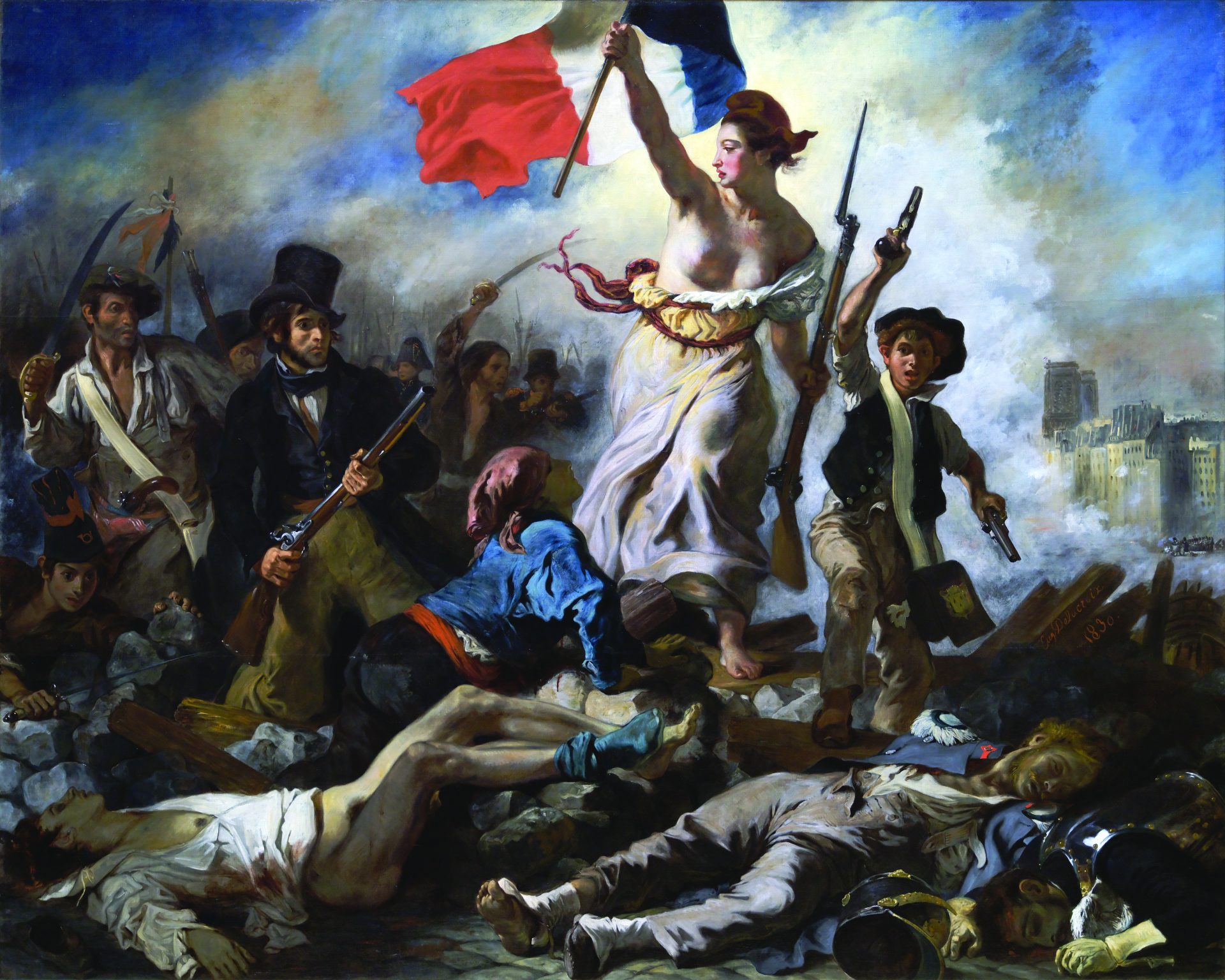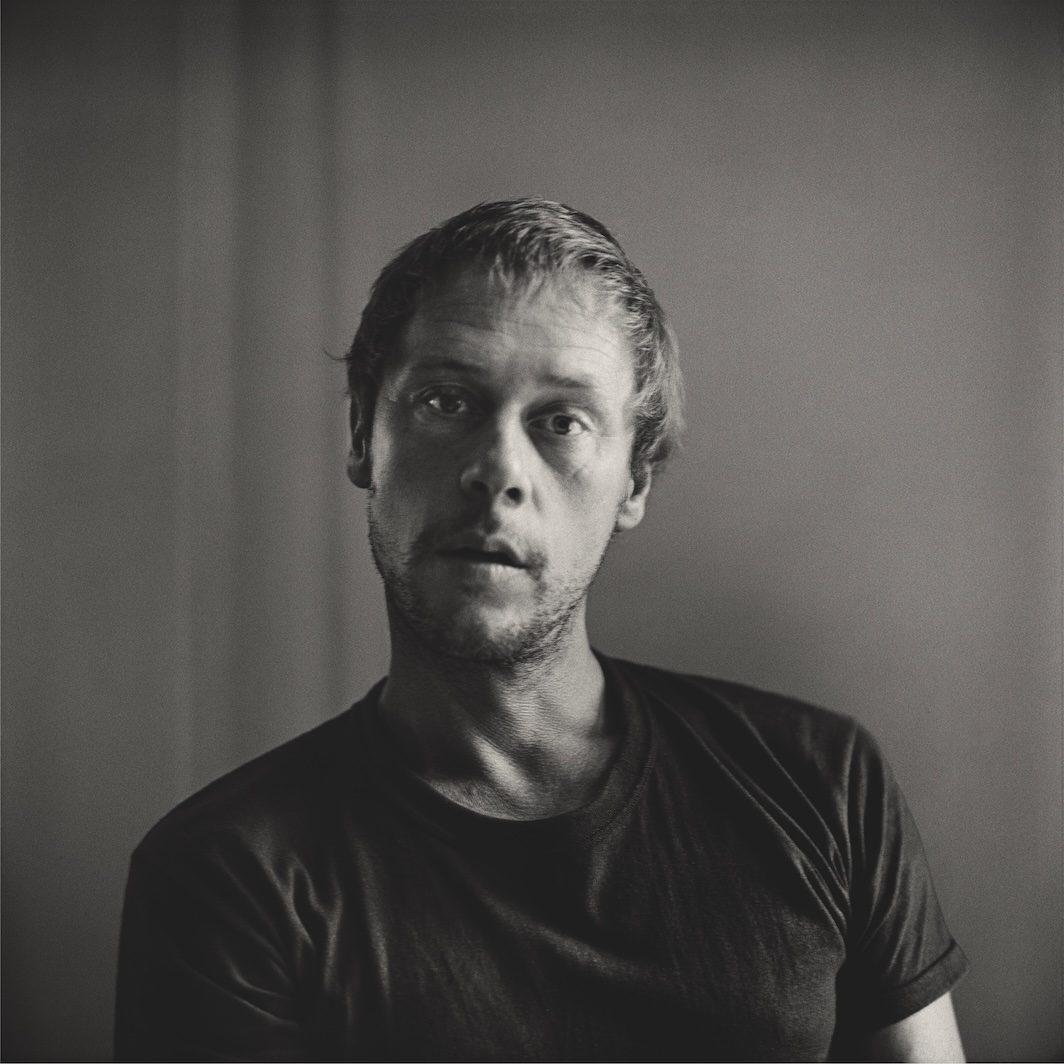
What could be hoped for, and what lost, when the discoveries of physics and the applications of engineering worked to change culture, politics, the economy, communications, social life and perception itself? This is not the place to enlarge on such general historical debates. I am only interested in the tone they sometimes gave to the photographic depiction of the human face.
—Max Kozloff
The first elementary school portrait day that I can recall is from the second grade. I awoke knowing exactly what I would wear. It had to be my jungle-print, polyester-blend, long-sleeved T-shirt, the one with a collage of photographic imagery that included jaguars poking their heads out from the thick green underbrush. Nothing else would convey properly who I was to posterity.
Annually, when the packet of prints arrived, I met the likeness of myself with mild disappointment, which was quickly sloughed off in the hustle-bustle of trading wallet-size pictures with friends. There was one girl, on whom I had a nine-year crush that began in kindergarten, whose tiny school portrait occupied a treasured, hidden spot in my bedroom. The photograph was my talisman of her, my stand-in for the real thing.
The “real thing,” the person portrayed in a photograph, is always a bodily thing. And according to sacred traditions, the body is itself a talisman for an inner, abstract reality—the body acts as temple of the spirit, the face as mirror of the soul. These are both common phrases that we take for granted but whose deeper implications are only just below the surface.
Portraits of people are powerful objects. In classical Islam, such portraits are forbidden, particularly of the prophets. Standing as the revealers of God’s will and purpose, these individuals, it is held, were unassailably unique precisely because of their spiritual characters, because of their voices and their words and their actions, and not because of their bodily forms. Portraits of their physical selves—their most limited aspect—dishonor their spiritual personages.
The Christian West, on the other hand, has allowed portraiture because of exactly the same philosophical position. The body is the seat of the everlasting soul, and as such, a portrait honors this connection and acts as a support for contemplation of precisely the spiritual characteristics that both Islam and Christianity strive to uphold.
The idea that photographs are signifiers of real things and point to something beyond themselves is commonplace, but this is only the first half of the equation. The human body can also be considered a signpost, the face a stage on which the inner workings of the spirit strut, stalk, and sweep in a myriad of guises. This double whammy of signification and identity—first at the level of the photograph and second at the level of the face—makes the study of photographic portraiture incredibly rich and rewarding.

“There is obviously more to faces than anyone can say.” Max Kozloff, one of photography’s most demanding and literary critics, thus begins his introductory essay to The Theatre of the Face, a four-hundred-plus page tome that surveys photographic portraiture from the beginning of the twentieth century to the present.
The Theatre of the Face is divided into a scant six chapters and roughly follows the major historical passages of the last hundred-odd years. Kozloff dutifully admits that his perspective is a subjective one, but the viewpoint that he sets forth is steeped in the pursuit of larger questions and topicsculture and the past; poverty, wealth, and the state; self-preservation and self-representation—and his choice of imagery and artists is refreshing.
This is not a history of photography conveniently clustering the canon around a boilerplate theme. Rather, it is a pursuit first and foremost of ideas, an inquiry into our need and desire to see ourselves portrayed, an investigation of our humanity as revealed through the face. His departure point is 1900, the general date by which photographic apparatuses had fallen from the restrained hands of the privileged few into the clamoring arms of the masses. Prior to the turn of the century, people mostly came into contact with photography at birth and at death, when a portrait would be made only at relatively great cost to a family.
Fast film and ever-faster shutter speeds were coupled to the rise of handheld cameras and large-scale laboratories that could handle an influx of film needing to be processed, printed, and returned as soon as possible. These technological and commercial developments placed imagemaking directly in the hands of virtually everyone.
As a result, everyone and everything became both subject and object, and Kozloff offers up a wide range of practitioners and approaches: Sir Benjamin Stone spent the opening decade of the century photographing ancient customs around the British Isles, while Egon Schiele, on the mainland, was turning the camera on his self-absorbed, theatrical self to great effect; Martín Chambi quietly ran his studio in Cusco, Peru, at very nearly the same time that Russell Lee, armed with black-and-white nitrate film and the newly introduced Kodachrome, pictured the moral fiber of the heartland during the Great Depression.
This democratization of imagemaking is of great interest to Kozloff, who keenly traces the evolution of twentieth-century portraiture through a wide-ranging and highly selective group of photographers. The book’s fifth chapter, “Insiders and Their Cultures,” focuses on what could be called traditional documentary work and presents a microcosm of the diversity prevalent throughout the book. Lesser-known photographers and surprising inclusions such as Chris Verene, Claudio Edinger, Slim Aarons, and Daniela Rossell are given equal weight with better-known names like Martin Parr, Rosalind Solomon, and Josef Koudelka.

Ultimately, it can be said that Kozloff charts this new landscape by looking to the intent behind the work. And he organizes the book accordingly: a general unease with the effects of the Industrial Revolution on people and culture; rapidly changing notions of the self radicalized by the ascendancy of Freud and the decline of the church; the wartime use and role of the portrait; insider versus outsider status in imagemaking; beauty, sex, fame (and infamy); death; and questions of identity.
The phrase questions of identity has always had a pretentious ring to it and is unhelpful more often than not, but this is what Kozloff is genuinely pursuing. What are the ideas and beliefs with which we have identified ourselves over the past hundred years, and how do those relate to the past? How do we define ourselves as individuals, as men or women, as nations and cultures, and how do we use photography to define those around us?
All these questions of identity hinge on the broader pursuit of what it means to be human. The very notion of “humanity” as we currently understand it is as new an idea as photography itself and indeed is a truth that has been helped along precisely by photography. Without photographs, we would not have so many images of particulars, which has led to an undeniable understanding of a universal, of a singularity, called the human race.
It is this wonderful tension, this paradox that resides within each of us—of being bound to the particularity of an individual body while also participating in a universality—that is fully onstage in The Theatre of the Face.
Darius Himes is a founding member of Radius Books, a Santa Fe–based company that publishes books on the visual arts. He has contributed to Blind Spot, Bomb, PDN, and American Photo.






